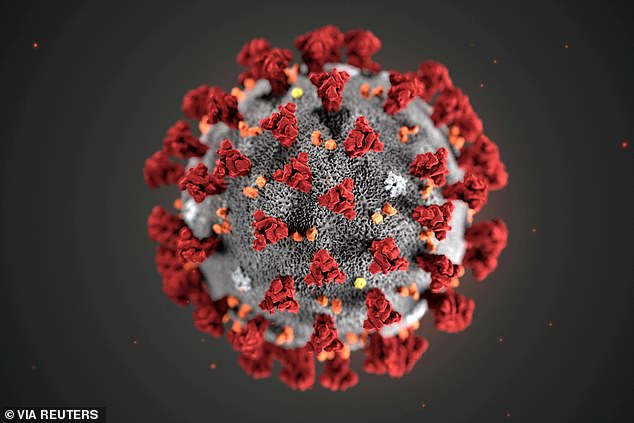Pathologists at The Mount Sinai Hospital, at the epicenter of the COVID-19 global pandemic, have prepared one of the largest, most comprehensive analysis of autopsies of COVID-19 victims to date, revealing many complex new details about the disease. The analysis was released on the preprint server MedRxiv.
“An essential contribution of pathology is the understanding of the biology of the disease and the range of organ damage, and for this reason, we decided to uncompromisingly perform as many autopsies as possible,” said Carlos Cordon-Cardo, MD, Ph.D., Irene Heinz Given and John LaPorte Given Professor and Chair of the Lillian and Henry M. Stratton-Hans Popper Department of Pathology, Molecular and Cell-Based Medicine, and co-author of the study.
“Post-mortem examinations (autopsies) are the gold standard for the elucidation of the underlying pathophysiology of disease. Despite a rapidly growing body of literature focusing on the clinical impact and molecular microbiology of SARS-CoV-2, autopsy studies have comparatively been few and far between,” said Mary Fowkes, MD, Ph.D., Director of the Autopsy Service, and senior author of the paper. SARS-CoV-2 is the virus that causes COVID-19.
To date, the team has performed more than 90 autopsies on deceased COVID-19 patients at The Mount Sinai Hospital. The published work analyzes the first 67. Gross anatomical findings were combined with the clinical history and laboratory data for all 67 patients. Microscopic examinations were carried out by the team, using special stains, immunochemistry, electron microscopy, and molecular pathology assays.
COVID-19 was initially conceptualized as a primarily respiratory illness, but the Mount Sinai analysis laid out in detail that it also causes damage to the thin layer of cells that line blood vessels (endothelium), which underlies the clotting abnormalities and hypoxia observed in severely ill patients who develop multi-organ failure that leads to death in some patients.
“The physical evidence we ascertained through our postmortem analyses helps elucidate the mechanisms behind some of the clinical symptoms observed by physicians treating COVID-19 patients, including thromboembolisms and neuropsychiatric disorders,” says Clare Bryce, MBChB, Associate Professor of Pathology, Molecular and Cell Based Medicine, and, first author of the study.
The lungs in nearly all cases showed diffuse damage to the alveoli, the small sacs where oxygen and carbon dioxide are exchanged with the blood. This damage is the typical microscopic evidence of clinical acute respiratory distress syndrome (ARDS), with most cases showing fibrin (a fibrous, non-globular protein involved in the clotting of blood) and/or platelet thrombi, or clots, to varying extents. This same pathology is found in most cases of ARDS, including those related to other coronoaviruses. However, the totality of findings in the autopsy series as a whole, with blood clots in multiple other organ systems—most notably the brain, kidney, and liver—reflects endothelial damage as an underlying process, which would also correlate with the activation of the coagulation cascade and persistent elevation of blood markers of inflammation.
The examined brains showed a surprising scarcity of inflammation, with only a few cases showing small foci of chronic inflammation. However, a surprising number of cases showed microthrombi with small and patchy evidence of tissue death caused by blockage of blood vessels in both peripheral and deep parts of the brain. These small microinfarcts may explain some of the psychological changes seen in some COVID-19 positive patients.
This study brings new light into the pathophysiology of COVID-19, offering justification for novel treatment plans, including the anticoagulation strategies being put into effect by clinical leaders including Valentin Fuster, MD, Ph.D., Director of Mount Sinai Heart and Physician-in-Chief at The Mount Sinai Hospital.
The Mount Sinai Hospital


